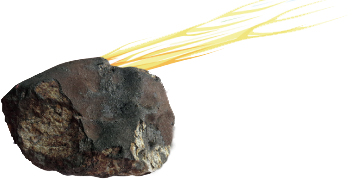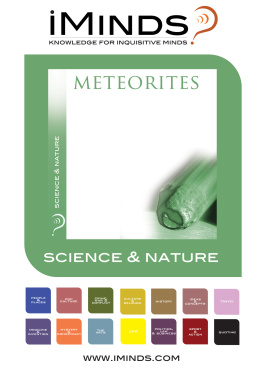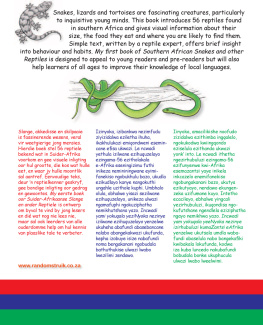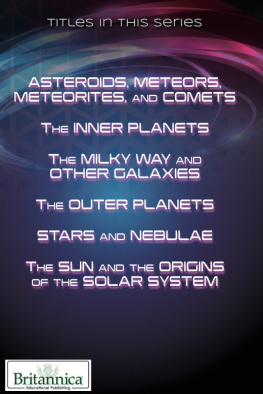
Published by Struik Nature
(an imprint of Random House Struik (Pty) Ltd)
Reg. No. 1966/003153/07
The Estuaries No. 4, Oxbow Crescent, Century Avenue, Century City, 7441 Cape Town
PO Box 1144, Cape Town, 8000 South Africa
Visit www.randomstruik.co.za and join the Struik Nature Club for updates, news, events and special offers.
First published in 2014
10 9 8 7 6 5 4 3 2 1
Copyright in text, 2014: Ronnie McKenzie
Copyright in photographs, 2014: Ronnie McKenzie unless otherwise indicated alongside images;
Copyright in charts, maps and diagrams, 2014: Ronnie McKenzie
Copyright in published edition, 2014: Random House Struik (Pty) Ltd
Publisher: Pippa Parker
Editor: Helen de Villiers
Designer: Janice Evans
Design assistant: Neil Bester
Illustrator & cartographer: Riana Swart
Proofreader & indexer: Emsie du Plessis
Reproduction by Hirt & Carter Cape (Pty) Ltd
Printed and bound by Toppan Leefung Packaging and Printing (Dongguan) Co., Ltd, China
All rights reserved. No part of this publication may be reproduced, stored in a retrieval system, or transmitted, in any form or by any means, electronic, mechanical, photocopying, recording or otherwise, without the prior written permission of the copyright owner(s).
ISBN 978 1 77584 098 5
E-PUB: 978 1 77584 173 9
PDF: 978 1 77584 174 6
COVER TOP IMAGE: Marat Akhmetaleyev, MAIN IMAGE: Bruce Cairncross. TITLE PAGE: Bruce Cairncross CONTENTS PAGE Bruce Cairncross, EXCEPT BOTTOM LEFT: Bob Falls

http://www.imca.cc/

Fred Olsen
The Hoba meteorite from Namibia is the largest known meteorite in the world.
Acknowledgements
I would like to acknowledge the following people who provided help and assistance in the preparation of this book. Bob Falls provided support on some of the text and photographs as well as the analysis of the meteorite database. Fred Olsen supplied a number of photographs and, together with Chauncey Walden, Ugo Hiddema and Paul Botha, gave much help with the text. John Kashuba provided the spectacular photographs from various thin sections and Dorothy Norton kindly helped direct me to sources of photographs and useful web sites. Last, but not least, Prof. Bruce Cairncross made available all his photographs and Riana Swart helped with many of the figures and diagrams.
CONTENTS
INTRODUCTION

Meteorites have been the source of cult worship, they have been treated as ceremonial objects and their prized iron content was used by early humans for tool making. Their sometimes fiery arrival added to the mystery surrounding the appearance of unusual stones. That they come from outer space was first suggested by German physicist Ernst Florens Chladni in 1794 a notion that was initially ridiculed by the scientific community of the day. However, the research of French physicist Jean-Baptiste Biot and British chemist Edward Howard led to a general acceptance of their origin within about 10 years.

Emilio Vilaro
The Hoba meteorite from Namibia is the largest known meteorite in the world.
What are meteorites?
Meteorites are the remains of meteors that have landed on Earth. Meteors are frequently observed in the night sky as streaks of light and are often referred to as shooting stars. They are pieces of space debris mostly small rocks or even particles of dust that enter the Earths atmosphere and quickly burn up before reaching the ground. However, sometimes the particles are large enough and other conditions favourable to enable the meteor to pass through the atmosphere and reach the Earths surface, at which point the resultant stones are known as meteorites. Such meteorites can range in size from a pinhead to a large body weighing many tons, although they are generally between a marble and a football in size. The worlds largest known meteorite is the 60t Hoba meteorite, which was discovered in 1920 by a farmer on his property in Namibia, and is now a national monument see .
The Earths atmosphere forms a barrier to most meteors heading towards planet Earth. Without this protection, Earths surface would be heavily cratered and there would be no life on our planet. As it is, the Earth has relatively few craters, unlike the Moon, which is virtually without an atmosphere and is consequently covered with craters from meteorite strikes.
In spite of this, we know that meteors nevertheless do reach the ground, sometimes passing through the atmosphere as spectacular fireballs that are seen over large distances. In principle, it is possible to find meteorites virtually anywhere on Earth although most land unobserved and are never found. It is farmers, walkers, game rangers or even local residents who are most likely to find these strange stones from space while out in the countryside. Most meteorites that are found are in dry desert locations where darker stones are easier to spot against a less-vegetated and light, sandy background, and where they also tend to last longer as a result of the dry climate, which prevents oxidation (rusting).
Because meteorites come from outer space, their value lies not only in their rarity but also in the secrets they carry about the formation of our universe. Intensively studied by scientists and collected by enthusiasts worldwide, they are, however, not always easy to identify. gives 10 quick identification points that may help confirm a find, or eliminate a mystery rock still in contention.

Don Davis, NASA
Earths atmosphere forms a barrier to most meteors.

Table 1
From meteors to meteorites
Meteors typically move through space at speeds of around 40km/s, while the Earth travels around the sun at a speed of approximately 30km/s. The rotational speed of the Earth has little influence on the speed at which a meteor enters the Earths atmosphere. However, if a meteor is moving in the same direction as the Earth then it will enter the atmosphere at a mere 10km/s, which by meteor standards is quite slow; and if it enters the atmosphere from the opposite direction, the entry speed can be over 70km/s, which creates a more spectacular show since it has almost 50 times more energy to dissipate on its path through the atmosphere.

The speed and angle at which a meteor enters the atmosphere determine its fate.
Next page



















